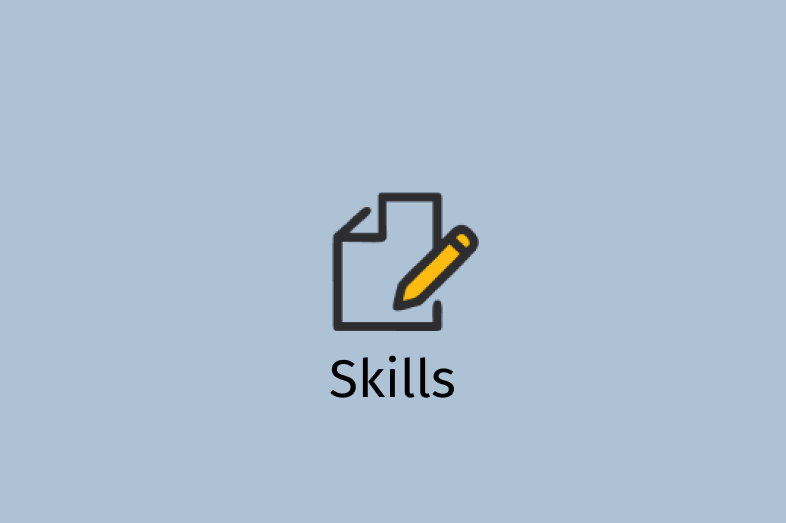

After a 10-year-old boy died by suicide in the middle of doing his chores, reporter Allison Ross was tapped to interview his grieving mother.
Ross struggled with how to share the Louisville family’s story sensitively, without being sensational in her coverage for the Courier-Journal newspaper.
“We know the dangers of irresponsible reporting on suicide,” said Ross during a panel, “How to Better Understand and Cover Student Suicide,” at the Education Writers Association’s national conference in May. (Ross now works for the Tampa Bay Times.)
Although reporting on suicide can be fraught — especially given evidence that it can cause a “contagion effect” — the speakers said stories on the causes and impact of suicide are vital.
Suicide is one of the leading causes of death for American children. In 2017, 517 children ages 10 to 14 and another 6,252 people between the ages of 15 and 24 died of suicide, according to the federal Centers for Disease Control and Prevention.
In recent months, news outlets have reported on suicides in the Parkland community around the anniversary of the Marjory Stoneman Douglas school shooting. Also, a new study funded by the National Institutes of Health found a spike in teen suicides shortly after the release of the Netflix series, “13 Reasons Why,” as NPR reported.
Alarming national trends have also garnered press attention: Black children under 12 years old have a higher rate of suicide than white children, though white youths over 13 have an increased rate. And suicide attempts using poison have surged, especially among girls.
During the EWA panel, experts and journalists offered best practices on covering student suicide.
Consider what details you put in the newspaper.
When writing about suicide, reporters should take care in deciding what information to include, and what details to exclude. Holly Wilcox, a psychiatric epidemiologist at the Johns Hopkins University School of Medicine, cautioned against reporting specifics about the method used to carry out a suicide. The worry, she said, is that this might spark copycat attempts by some troubled readers.
If a news article, for example, notes that someone hung themselves with a black dog leash, a vulnerable reader might think to themselves, “Oh, you know what? I have a black dog leash,” she said.
Wilcox said research shows that young people are especially vulnerable to “contagion.” In fact, the data indicate that young people’s prefrontal cortexes, where executive function, emotional control and impulse control are centered, are still maturing. In addition, younger people may not understand which suicide methods are lethal, and thus a cry for help leads to death, she said.
“Suicide could be more contagious, so to speak, in young people,” she said
After actor and comedian Robin Williams died, the New York Daily News’ front page included his photo and the word “HANGED” in a huge font, along with specific details about his final moments.
Research found there may have been as many as 1,800 suicides linked to his death.
Glamorizing suicide also increases risk of a contagion effect, experts say. It’s a best practice, Wilcox said, to link in an online story to resources people at risk of suicide can access.
Don’t attribute a suicide to one factor.
After Phoebe Prince died by suicide in 2010, press coverage zeroed in on the fact that she was relentlessly bullied.
But, Wilcox said, “usually when people die by suicide, there is a lot more going on behind the scenes than bullying.”
“It presents to the public a simplistic view of suicide if they think bullying is the one causal factor,” she said.
Francis Mondimore, the director of the Mood Disorders Clinic at Johns Hopkins Bayview Medical Center, said it’s vital to recognize the connection between depression and suicidal behavior.
“Suicide prevention really is the treatment of depression,” he said.
Mondimore encouraged journalists to report not just on suicides after they happen, but rather to expose how there are not enough mental health services available to children.
“There are huge swaths of the country,” he said, “where psychiatric treatment is essentially not available.”
Talk to experts.
Suicide prevention groups and media organizations like the Poynter Institute, the Dart Center for Journalism and Trauma, and the Associated Press Media Editors have developed a set of recommendations for reporting on suicide (available at http://reportingonsuicide.org). Among them: Don’t quote from suicide notes or refer to suicides as being “successful” or “unsuccessful.”
The panelists encouraged journalists preparing to write a story about student suicide to talk through any concerns with their sources, or with a suicide prevention group.
However, Max Kutner, a New York-based writer who won a national award for his reporting for Newsweek on suicide clusters, pushed back on the idea of being “beholden to outside advocates, even if they are the experts.”
He encouraged reporters to memorize the guidelines, but then think critically about how much to use. Kutner said that because of the potential contagion effect, reporters producing breaking news stories about a death should stick closely to those recommendations. But for reporters doing deeper dives — who have thousands of words to give context and nuance — it may make sense to stray from those rules.
“The stories I tend to write are showing how devastated a community is after [a suicide], or how devastated a parent is,” Kutner said. One goal, he said, is that parents reading his story will more frequently ask their children: “‘How are you doing?” And if they sense a problem, his hope is that they would seek out mental health services.
For a young person reading an article, he said, “Maybe it’ll make them think, ‘Well, this is what it would be like for my dad if I killed myself, and I’m not going to do it.’ ”


